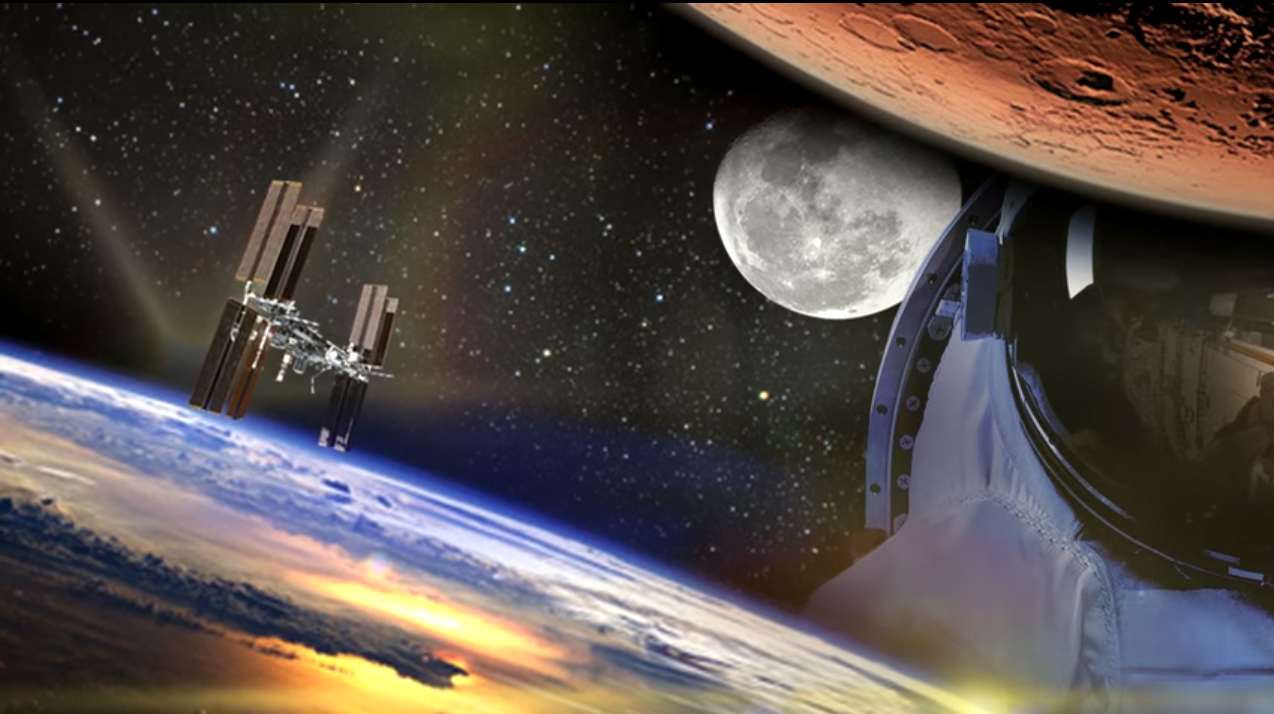
On Tuesday, Feb. 9, the White House unveiled its 2017 budget proposal, which includes $19 billion for NASA.
Credit: NASA
WASHINGTON — The Obama Administration’s final budget request, released Feb. 9, offers $19 billion for NASA in fiscal year 2017, a decrease of $300 million from the agency’s final 2016 budget.
The budget, as proposed , would shift some funds from NASA’s exploration programs to aeronautics and space technology, in addition to the overall cuts, while also shifting funds within the agency’s science account.
The budget request is likely to face strong opposition in Congress, where House and Senate leaders have already said that the administration’s overall budget request will be considered dead on arrival. Elements of the NASA proposal are also likely to face congressional scrutiny. [NASA’s 2017 Budget Request At a Glance ]
The account facing the biggest cut is exploration systems, which would receive $3.3 billion in the proposal, down nearly $700 million from the final omnibus bill. The initial budget fact sheet does not break out funding for the two biggest programs in exploration systems, the Orion spacecraft and the Space Launch System.
That aspect of the proposal almost immediately generated criticism from industry groups. “We are deeply concerned about the Administration’s proposed cut to NASA’s human exploration development programs,” said Mary Lynne Dittmar, executive director of the Coalition for Deep Space Exploration, in a statement. “This proposed budget falls well short of the investment needed to support NASA’s exploration missions.”
NASA’s science programs would receive $5.6 billion, effectively unchanged from 2016. However, Earth science would get an increase of $111 million while planetary science would be cut by a nearly equal amount. [Related: White House Requests $1.2 Billion for New Rocket ]
One winner in the budget is space technology. The budget proposes $827 million for that program, a $140 million increase from 2016. That funding, according to the fact sheet, would be used for a variety of programs, from satellite servicing to development of solar electric propulsion.
Another winner in the proposed budget is the agency’s aeronautics division. The request offers $790 million for aeronautics, $150 million above what it received in 2016. The request is part of a 10-year, $10.6 billion plan that includes the development of several experimental “X-planes” to demonstrate new fuel-efficient technologies and supersonic flight that minimizes sonic booms .
“It’s largely due to the alignment of our strategy with the administration’s priorities,” said Jaiwon Shin, NASA associate administrator for aeronautics, in a Feb. 8 briefing, referring to the division’s strategic plan completed in 2013. “All those efforts are the basis for this increased budget request.”
The requested increase, though, was still a pleasant surprise. Shin said he heard about the proposed increase in an email last month from the agency’s chief financial officer, David Radzanowski. “His email subject was, ‘Christmas in January,'” Shin said.
This story was provided by Space News , dedicated to covering all aspects of the space industry.


Comments are closed.